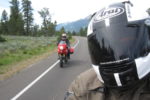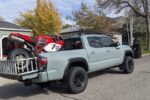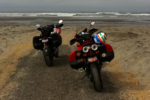The Critical Braking Mistake Every Rider Must Avoid
Mastering Trail Braking: A Guide for Public Roads
Have you ever been told, “Never brake in a corner”? While it sounds like solid advice, it’s wildly impractical for real-world riding. What if the road tightens, a cow appears out of nowhere, or there’s a slippery cattle guard in your path? Let’s dive into the art of trail braking—how to use it safely on public roads while maximizing control and minimizing risk.
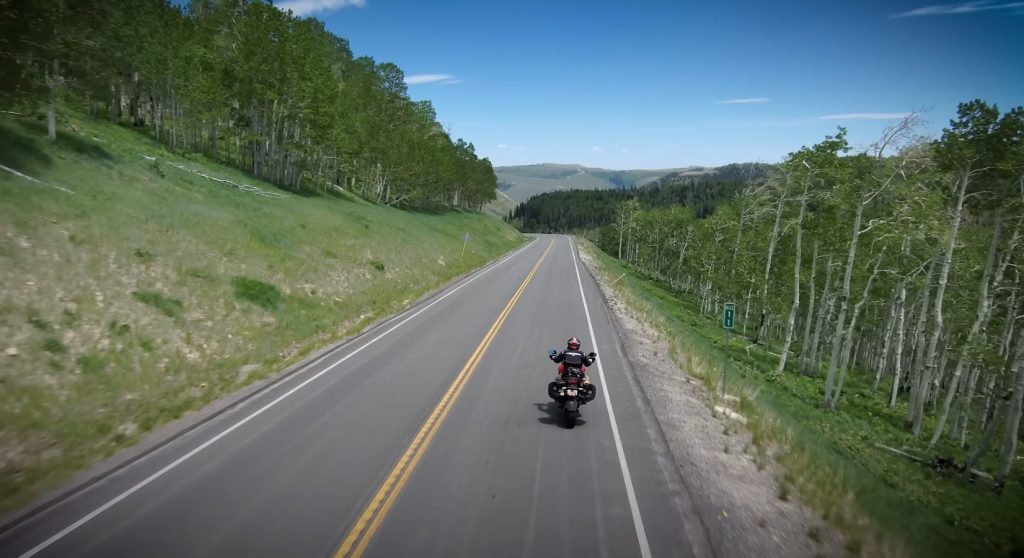
Trail Braking: A Misunderstood Technique
Trail braking is often misunderstood, with many equating it to a racetrack-exclusive technique. But here’s the truth: trail braking simply means trailing off the front brake as the motorcycle leans into a corner. That’s it. There’s no need for complicated apexes or aggressive speed. When done correctly, trail braking isn’t about going faster; it’s about staying safer.
Debunking Myths About Braking in Corners
You might have heard two common pieces of advice:
- “Never brake in a corner.”
- “Do all your braking before a corner.”
While these may work in controlled environments like parking lots or racetracks, they’re impractical for unpredictable public roads. A more realistic mantra? “Never brake in a corner abruptly.”
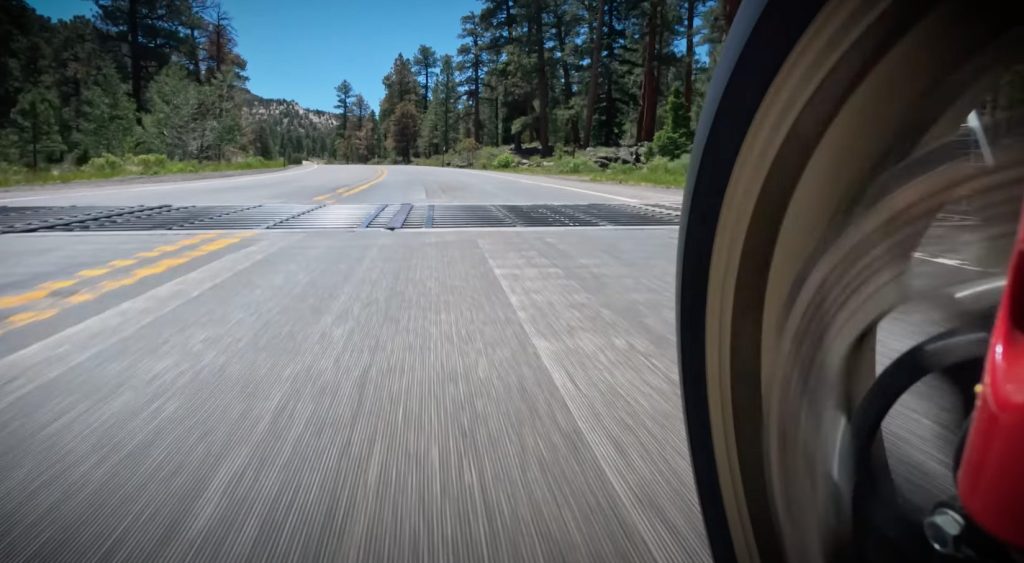
On real roads, you need the flexibility to adjust your speed mid-corner. Whether it’s a surprise obstacle or a sharper-than-expected turn, your brakes are your best tool for control.
How to Trail Brake Safely
Follow these steps to practice safe trail braking:
- Roll Off the Throttle: As you approach the corner, ease off the throttle.
- Sneak on the Front Brake: Gently apply the front brake. The key is to “sneak” it on, not grab it. This allows the weight to shift to the front tire gradually, increasing grip.
- Downshift as Needed: Shift into the appropriate gear for the corner exit, ensuring the clutch is fully engaged before entering the turn.
- Trail Off Brake Pressure: As the motorcycle leans into the corner, slowly and gently release brake pressure.
Trail braking helps control speed, adjust your turning radius, and maintain stability, especially in unpredictable conditions.
Why Not Just Use Engine Braking or the Rear Brake?
While engine braking or the rear brake can be useful, they’re less precise than the front brake. Here’s why:
- Front Brake Precision: Your fingers can apply and adjust brake pressure with greater accuracy than your foot on a pedal.
- Weight Transfer: As you brake, weight shifts to the front tire, increasing its grip and stability.
The Real-World Benefits of Trail Braking
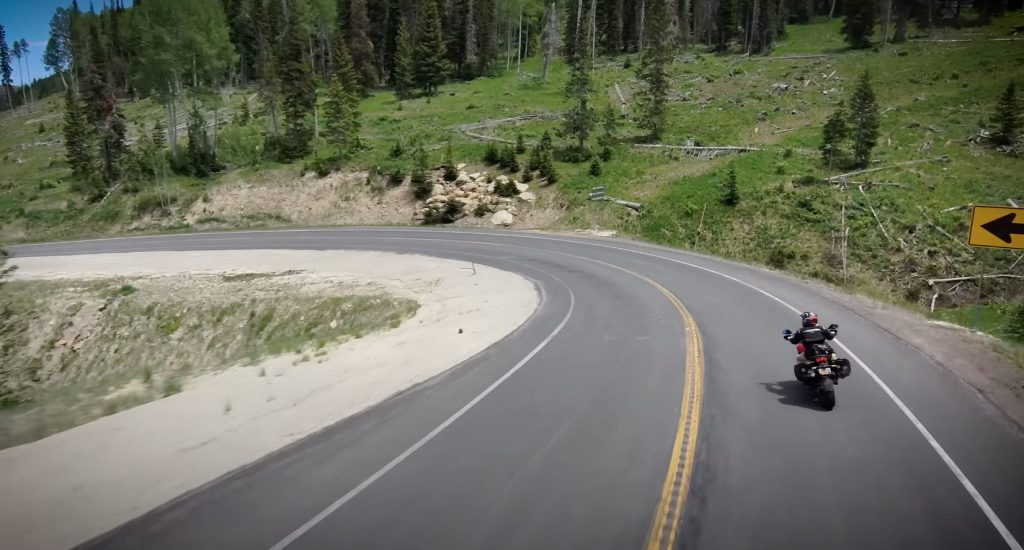
Public roads are full of variables—blind corners, slippery surfaces, unexpected obstacles, and more. Trail braking equips you to handle these challenges by:
- Reducing Lean Angle: Slower speeds mean less lean is required, reducing the risk of losing grip.
- Increasing Grip: Gradual front brake application spreads the front tire’s contact patch, enhancing traction.
- Keeping Your Options Open: Slowing into corners allows you to adapt to whatever lies ahead, whether it’s a tighter turn or an unexpected hazard.
Reframing Cornering Techniques
Some riders are taught to accelerate throughout a corner, but this isn’t always practical—or safe—on public roads. Instead, focus on controlling your speed and radius through trail braking. Wait to accelerate until you can clearly see the corner’s exit and confirm it’s safe.
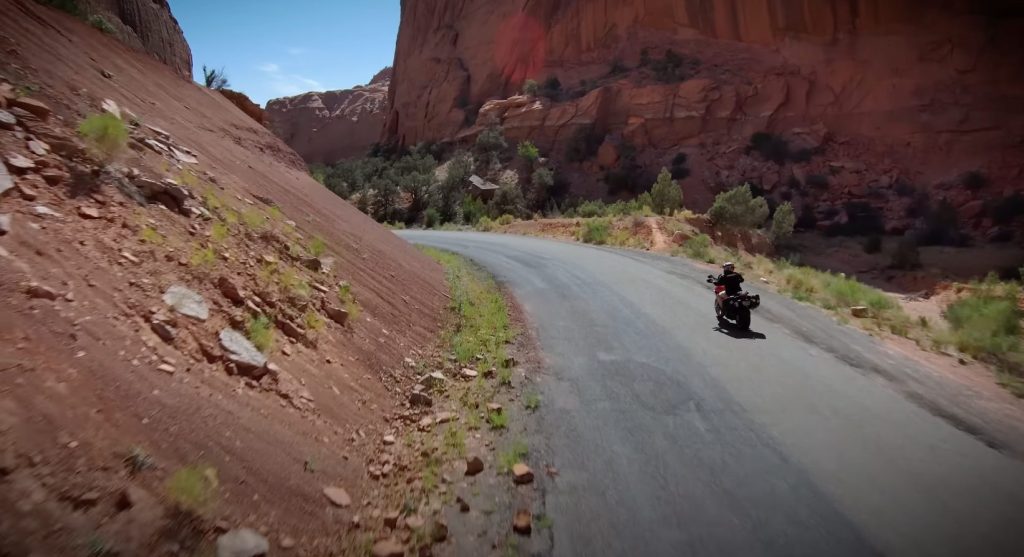
The Simplicity of Trail Braking
Trail braking isn’t a complex, racetrack-only maneuver. At its core, it’s about slowing down until you’re comfortable with your speed and direction. It’s a natural, intuitive technique you’ve likely used without even realizing—like slowing into a turn on a bicycle or in a car.
Key Takeaways for Safer Riding
- Don’t fear the front brake; embrace it as a tool for control.
- Brake earlier, lighter, and longer to stay in control without abrupt movements.
- Adjust your speed and lean dynamically to handle real-world variables.
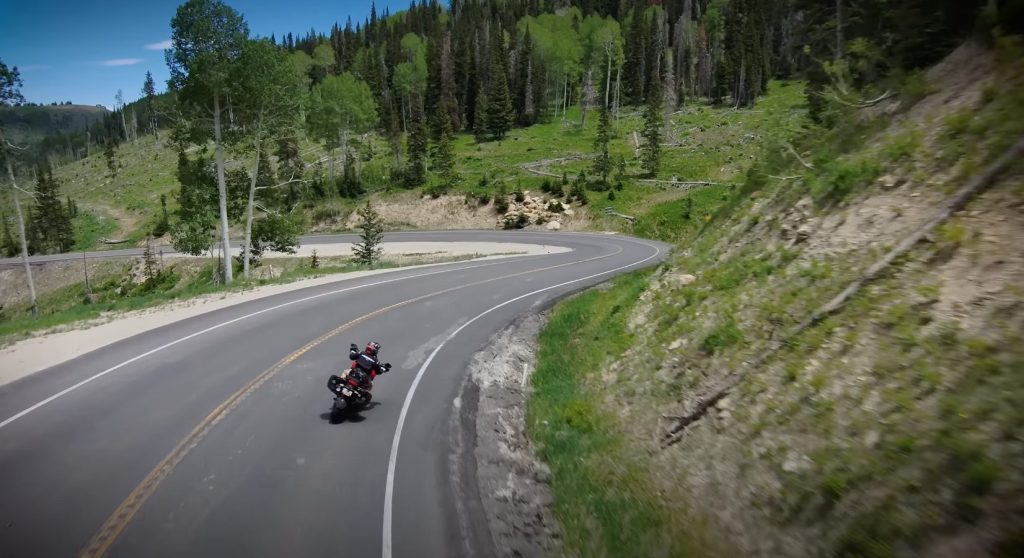
Trail braking isn’t just for racers; it’s a practical, life-saving technique for everyday riders. Whether you’re navigating Utah’s scenic highways or your local backroads, mastering trail braking can make all the difference.
Ride safe, and remember: never brake in a corner—abruptly.

